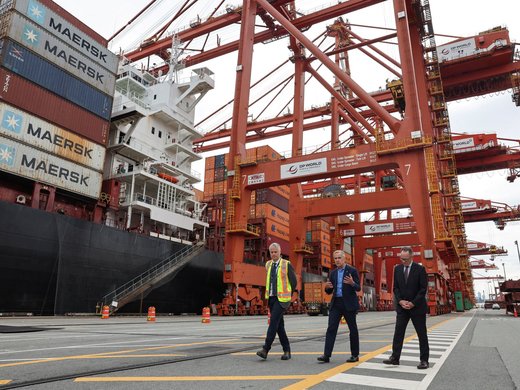The European Commission has recently taken a leadership role in reforming the traditional investor-state dispute settlement regime included in economic agreements, in part in response to pressure from the European Parliament and growing civil society criticisms of the regime. At the core of these efforts is the proposal to create a system of “investment courts,” characterized by state nomination of decision makers benefiting from tenure and by the establishment of appellate-level tribunals.A proposal for such a “court” was made to the United States in the context of negotiating the Transatlantic Trade and Investment Partnership and was accepted by Canada in the context of the Comprehensive Economic and Trade Agreement and by Vietnam in the EU-Vietnam Free Trade Agreement. The European Commission has gone to great lengths to contrast this “new, modernised system” with the “old, traditional form of dispute resolution” between investors and states. In the long term, the European Commission’s goal is to replace individual courts with a truly multilateral investment court.
This paper demonstrates that not as much of the new system is really new, and much remains of the old (although improved in many respects). As to what really is new — especially the method of appointment, tenure and conduct of tribunal members, as well as the creation of appellate-level tribunals — the paper analyzes compatibility with current international arbitration institutions and rules that will still be relied upon. The paper addresses interactions with domestic courts (on set-asides and enforcement of awards), with the Convention on the Settlement of Investment Disputes between States and Nationals of Other States (ICSID Convention) and the Convention for the Recognition and Enforcement of Foreign Arbitral Awards (New York Convention), as well as with the Court of Justice of the European Union. The paper concludes that many objections levelled at the new system do not appear to withstand analysis, while some compatibility questions remain and may only find an answer once the system is put to the test, especially at the time of enforcement of awards. Ultimately, the weakest area of the European Commission proposal, as well as recent agreements that have adopted it, is the transition plan to a permanent, multilateral solution.


